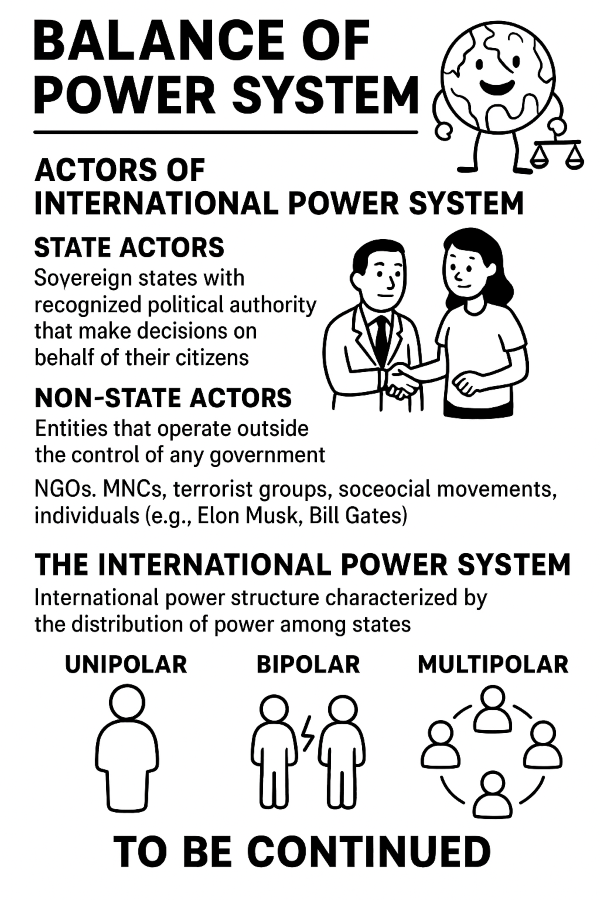The Potential Impact of Advanced Missile Systems on the Conflict in Ukraine – By Dr Harold Gunatillake

Assessing the Role of Technological Advancements in Air Defence
The ongoing conflict in Ukraine highlights the crucial importance of modern air defence systems. As Russian aerial bombardments persist in threatening Ukrainian infrastructure and civilian populations, the pursuit of effective countermeasures has become a primary focus for Ukraine and its allies. Among recent deliberations, the mention of new missile systems—such as the so- called “Flamingo missiles”—has generated interest and speculation regarding their potential to influence the dynamics of air warfare.
The Evolving Nature of Air Defence
Since the onset of the conflict, Ukraine has procured and received various air defence systems from Western allies, including man- portable air-defence systems (MANPADS), medium-range anti- aircraft missiles, and sophisticated radar technologies. These systems have played a role in restraining the effectiveness of certain aerial operations. However, the challenge of intercepting ballistic missiles, cruise missiles, and drone swarms remains a significant concern. Modern air defence strategy depends not only on the technical capabilities of missile systems but also on their integration within a networked command and control infrastructure to ensure optimal response.
Evaluating the Introduction of New Missile Systems
The specific capabilities of the so-called “Flamingo missiles” are not detailed in public defence literature as of this writing. Generally, a new missile system might offer:
- Enhanced interception range and accuracy: Allowing for earlier engagement of incoming
- Improved sensors and targeting: Increasing the probability of neutralising evasive or low-flying
- Adaptability to various platforms: Such as launch from ground-based systems, vehicles, or potentially
- Networked operation: Enabling integration with other defence assets and sharing of real-time targeting
For any missile system to be “the answer” to ongoing bombardments, it must address the diversity and volume of threats—ranging from high-speed missiles to drones. Effective deployment also requires a large number of trained operators, steady resupply, and robust maintenance.
The Role of International Support
Ukraine’s defense against aerial threats has been reinforced through international assistance, encompassing not only hardware, but also training, intelligence, and logistical support. The deployment of any new missile technology would necessitate comprehensive cooperation to ensure optimal effectiveness.
Conclusion
While advanced missile systems can greatly strengthen a country’s defences, no one system—no matter how advanced—can solve every aerial threat. Protecting Ukraine from ongoing aerial attacks will require a multi-layered strategy, combining different technologies, teamwork among defence systems, and continuous support from the international community.
In today’s military landscape, new missile systems are helpful, but they are just one part of a bigger strategic and operational effort.























